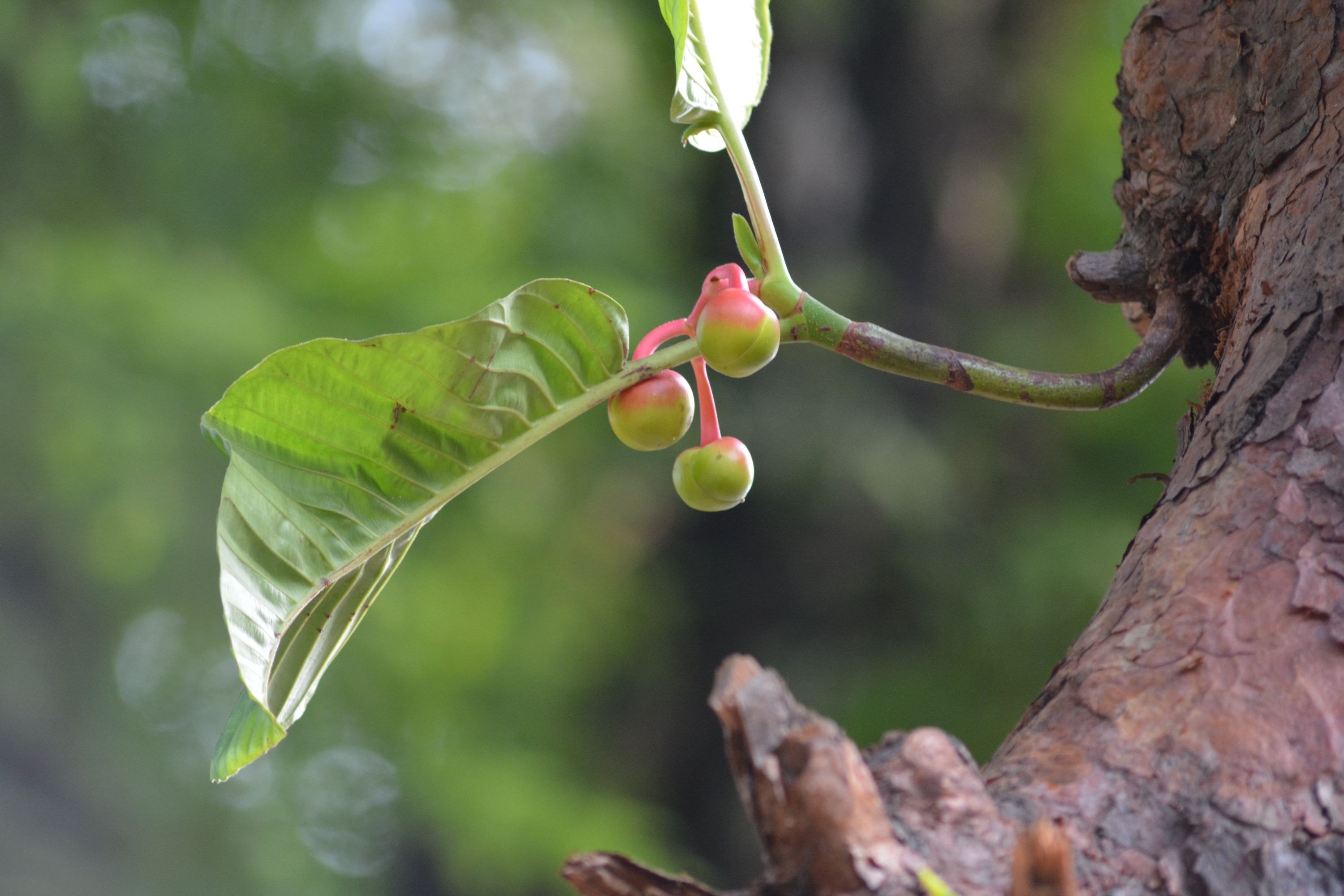Dillenia pentagyna
(Dillenia pentagyna)

Description
A small tree with tortuous twigs, Dillenia pentagyna is a member of the family Dilleniaceae, and is found from Sulawesi to South-Central China to India and Sri Lanka. Material from the tree has some minor uses. A tree some 6-15m tall, with tortuous twigs, the bark is grayish and smooth, exfoliating. Branches are glabrous and stout. Leaves are deciduous, petiolate, oblong to obovate-oblong, glabrous, 30–5 cm long, flowers appear before the leaves, 2–7 in number, yellow coloured petals, flowering starts in April–May. Fruit is globose, 0.5 cm in diameter, black ovoid seed, exarillate. On islands of the Mekong in northeastern Cambodia, the tree flowers from February to March, fruits from March to April, and the leaves grow from May to November. The tree grows in the following places: Lesser Sunda Islands including Timor, Sulawesi, Jawa, Peninsular Malaysia, Thailand, Vietnam, Cambodia, Laos, Hainan, South-Central China including Yunnan, Andaman and Nicobar Islands, Myanmar, Bangladesh, Assam, East Himalaya, Bhutan, Nepal, India (from Punjab and Gujarat to Assam, Mizoram, Maharashtra, West Bengal and South India), and Sri Lanka. Dillenia pentagyna is found in rainforests, thickets and on hills below 400m. In Cambodia it grows in groups in open/clear forests. In the Pinus merkusii-dominated forests of Kirirom National Park, southwestern Cambodia (which occur from 400-1000m elevation), the tree occurs in the 2-8m high understorey under the 20m high pine canopy. D. pentagyna grows on islands in the Mekong in Steung Treng and Kratie provinces, northeastern Cambodia. It is found in the Deciduous, dipterocarp, seasonal, hardwood forest, dominated by Dipterocarpaceae species, occurring above metamorphic sandstone bedrock, at 25-30m elevation. In Phnom Kulen National Park, Siem Reap Province, northwestern Cambodia, the tree is a common canopy species in the Deciduous Dipterocarp Forest.
Taxonomic tree:







